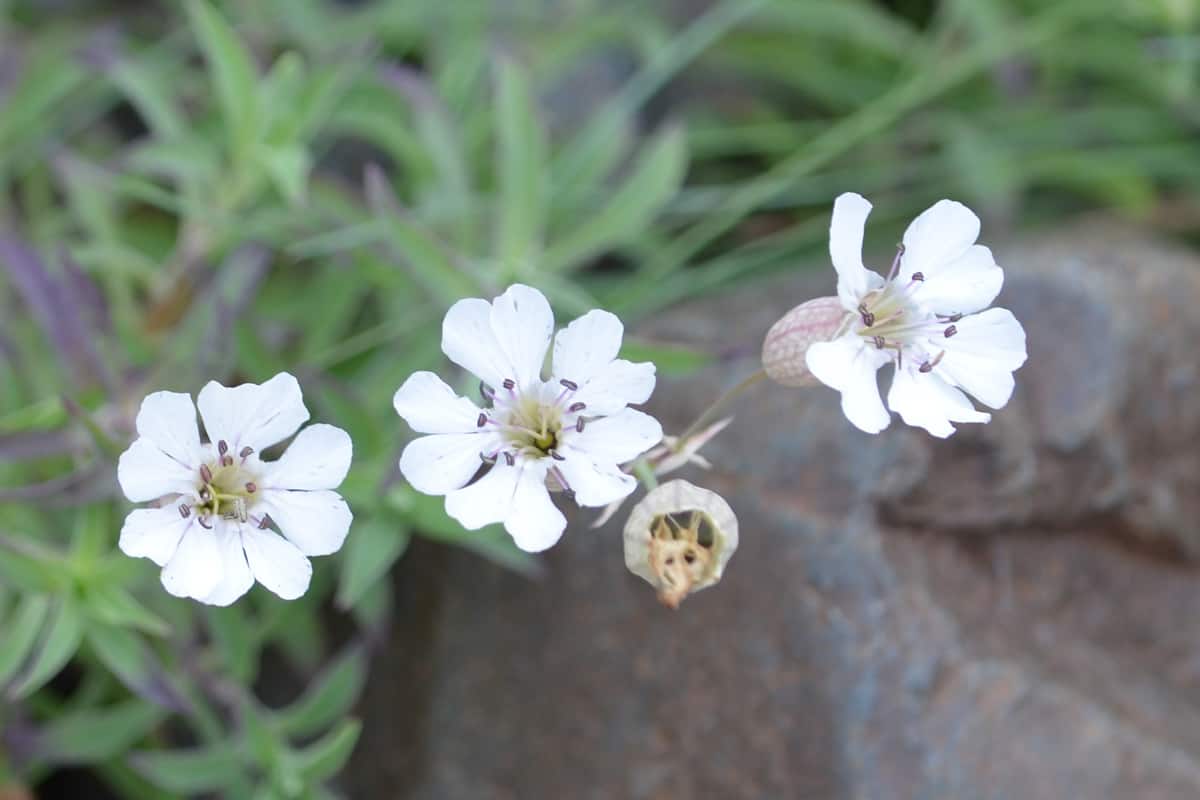Discovering something that's been frozen for so long and being able to bring it back to life is incredibly unique!
In 2012, a group of Russian scientists discovered a 32,000-year-old seed. The team was able to successfully reawaken and regenerate it after a very long time.
The Russian team collected a cache of seeds holding Silene stenophylla, a flowering plant that originated in Siberia. These scientists drew out tissues from the frozen source and successfully germinated them.

An article written by Rachel Kaufman for National Geographic News states that the oldest plant to be successfully germinated has been from a 32,000-year-old seed. It was buried by an ice age squirrel near the Kolyma river in Northeastern Siberia. How ancient that seed could be!
The seeds were covered in ice 38 meters below the thick layer of soil that remained frozen for years. The immature seeds were capable of surviving. The tissues drawn out from the sources were successfully germinated and put into vials by the scientists.
These germinated seeds grew and bloomed and produced seeds of their own. What a miracle, indeed!
The discovery opened doors to the possibility that permafrost can be a place to find extinct species of plants that can still be restored and brought to life again. Uncovering the circumstances that maintained the seeds for roughly 32,000 years will help scientists conserve other grains for a prolonged time.
Not only does this raise exciting questions about plants' evolution, but this is also a reminder of the power of nature and the environment. To cling to life and bring new life even in the most unlikely circumstances!
@pattrn #learnontiktok #science #moreyouknow #environment #climatechange #sustainablity ♬ original sound - PATTRN
Maybe you can relate to one commenter, @Candy.Girll, " And I can't even keep a plant alive for a week."
Who else thought similarly to @Esoteric Bred, " That lil squirrel from the ice age." (laughing emojis)
Below is commentary and a video from YouTube about the discovery.
She even added, "We hope that we can find changes in genes that allow plants to adapt to very dry or very cold or very hot conditions and to use this knowledge, new piece of knowledge that we can create for new plant improvement."
This discovery is just incredible!
